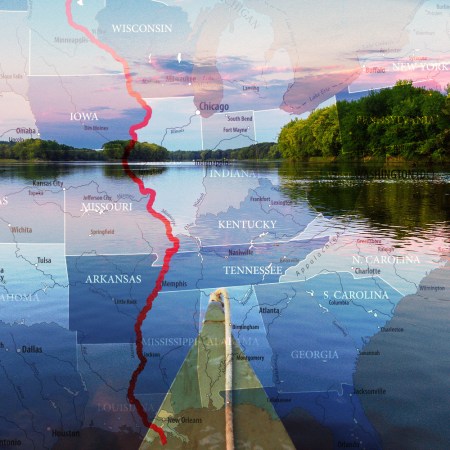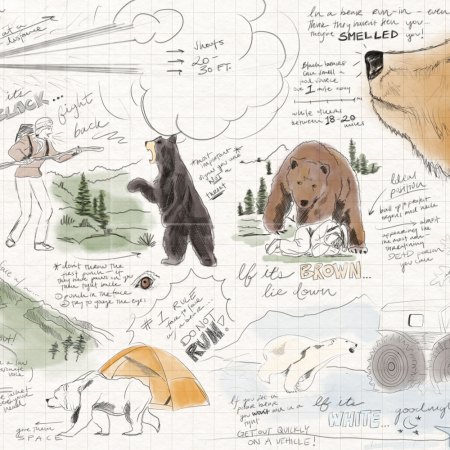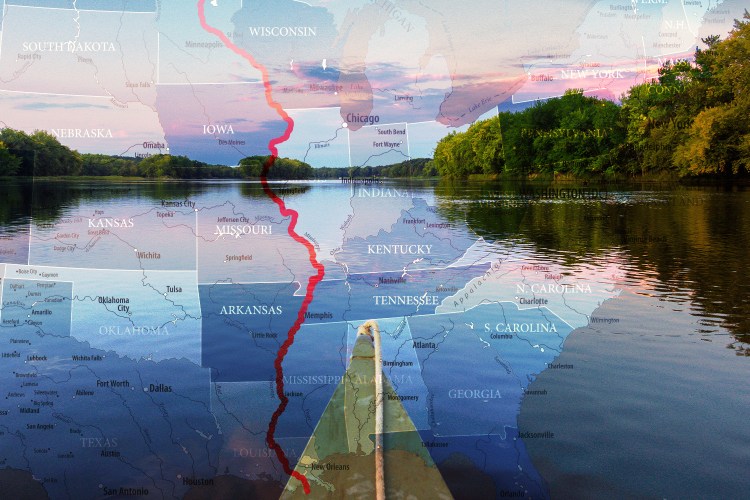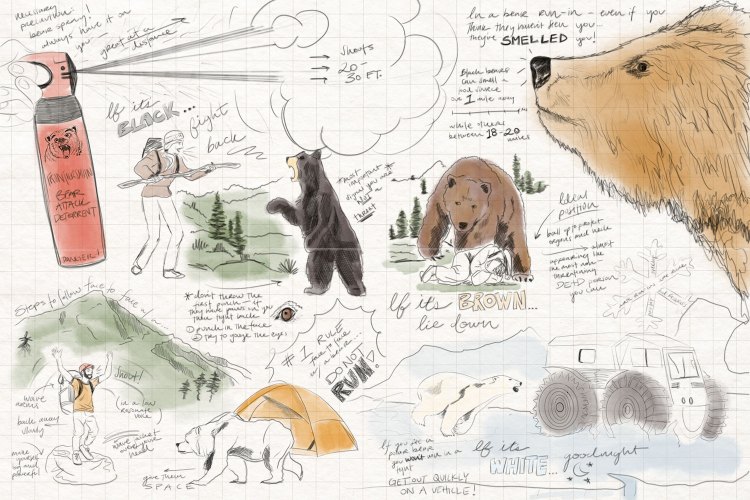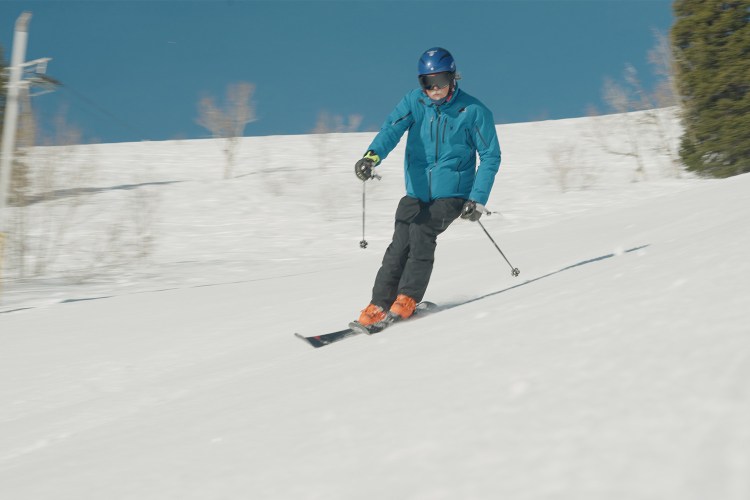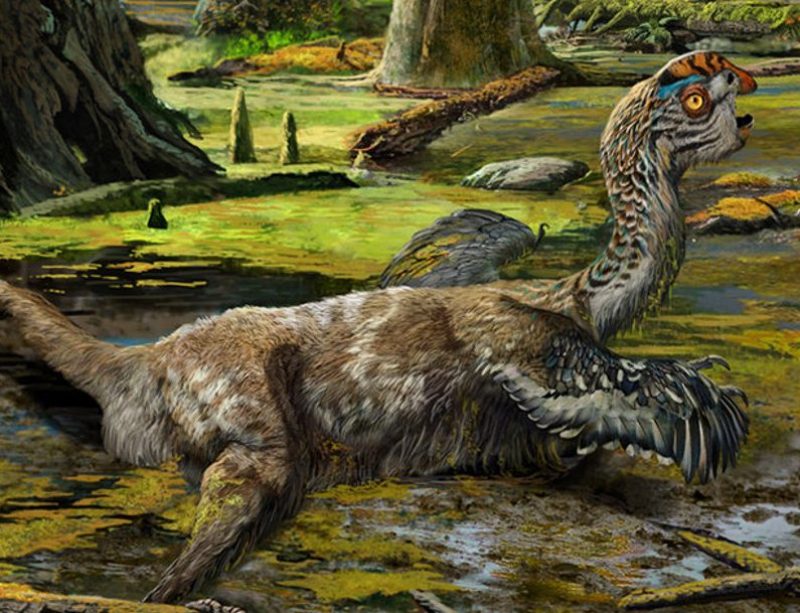
Researchers found new fossils from a strange, bird-like dinosaur species in Gangzhou, China, and recently published their findings about it in Scientific Reports.
Previous evidence of the tongtianlong limosus dates it to the Cretaceous Period, roughly 15 million years before dinosaurs became extinct. Also known as “oviraptorosaurs” or “mud dragons,” they are known for their peculiar appearance, which includes a pug-nosed skull, a crest, and feathers. Dr. Stephen L. Brusatte, one of the authors of the paper, told The New York Times that “they just look weird,” adding that the dinosaur looked like an alien.
This particular specimen was discovered four years ago by workmen who accidentally unearthed it while building a school. Unlike previous specimens, this one is a more complete skeletal structure. Upon discovery, it was sent to paleontologist Junchang Lü, who had worked with similar fossils from that region. After examining the specimen’s posture, Dr. Lü suggests that the mud dragon died while trying to pull itself out of a swamp.
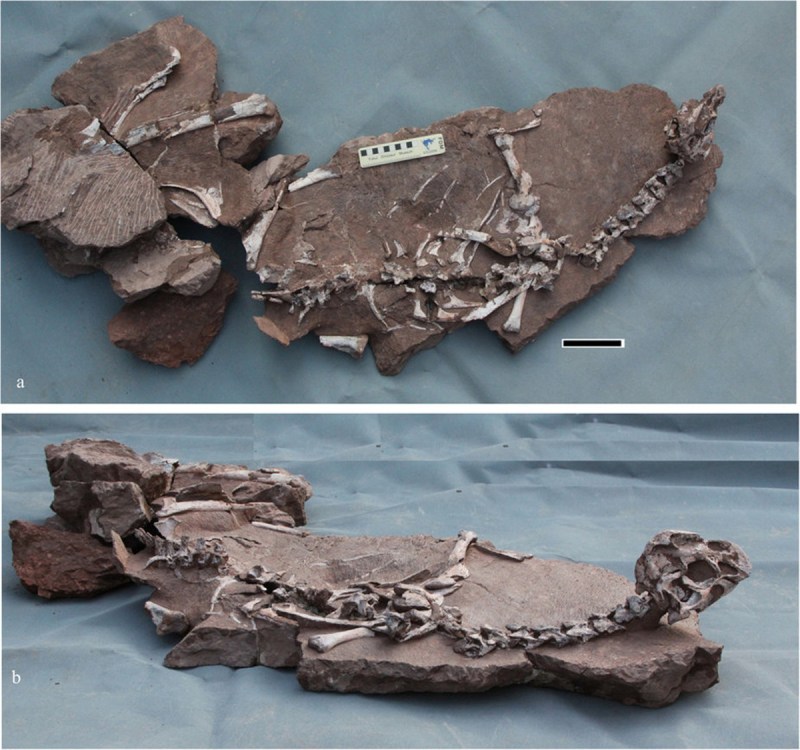
However it died, the specimen connects previous oviraptorosaur fossils to one another, and establishes yet another link between dinosaurs and birds. The specimen may also help revitalize scientific interest in the Cretaceous Period, a brief but critical era of prehistory. Other questions—like what these specific dinosaurs ate—cannot be answered conclusively at this point.
The dinosaur specimen adds another layer of complexity to a current paleontological question as well: Were the dinosaurs thriving when they went extinct, or slowly dying off? Mud dragon fossils show enough variance to suggest that dinosaurs were still evolving when they were wiped out. But other research suggests that dinosaur body types and diversity were both thinning in their final years.
Click here to read Lü and Brusatte’s paper in Scientific Reports.
This article was featured in the InsideHook newsletter. Sign up now.






